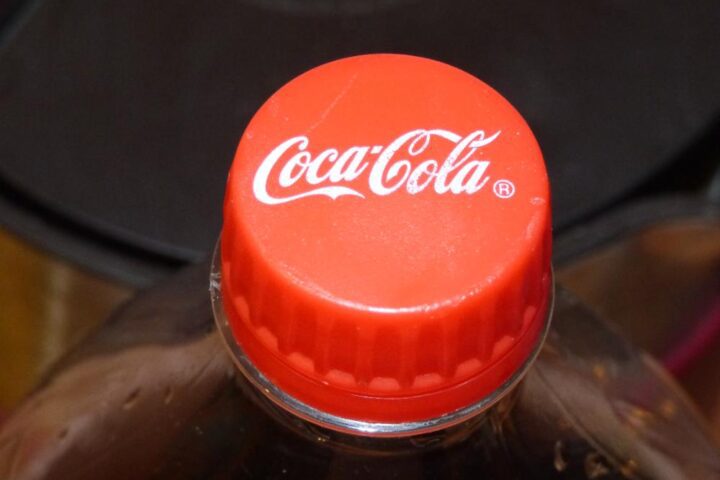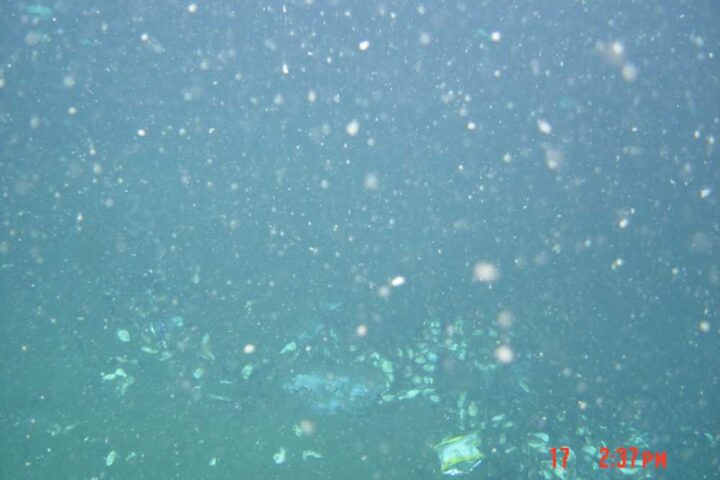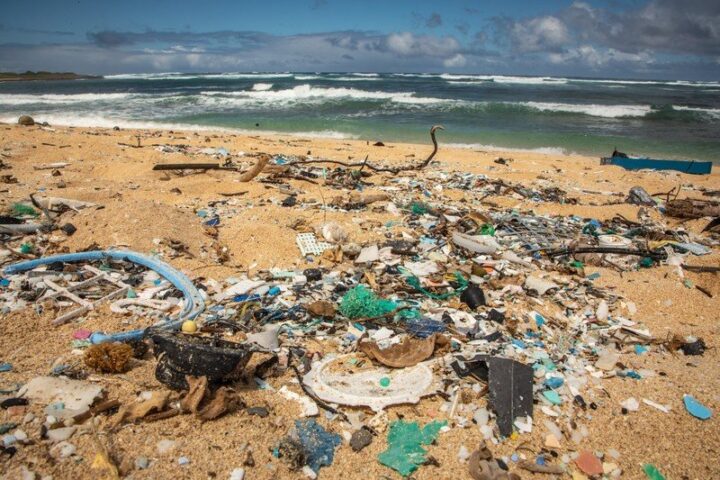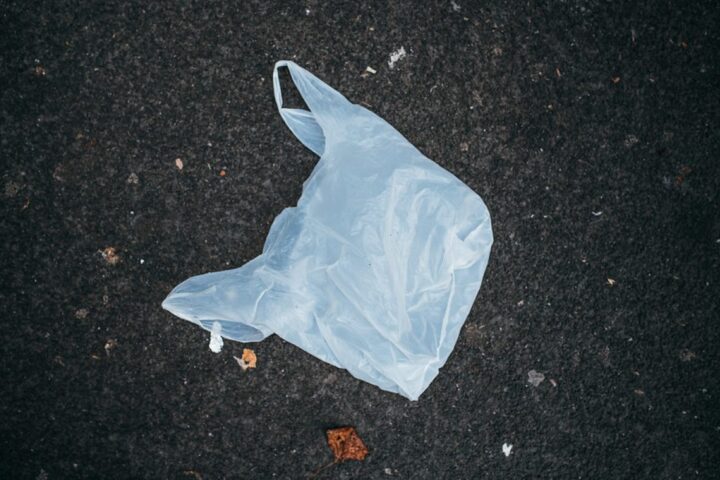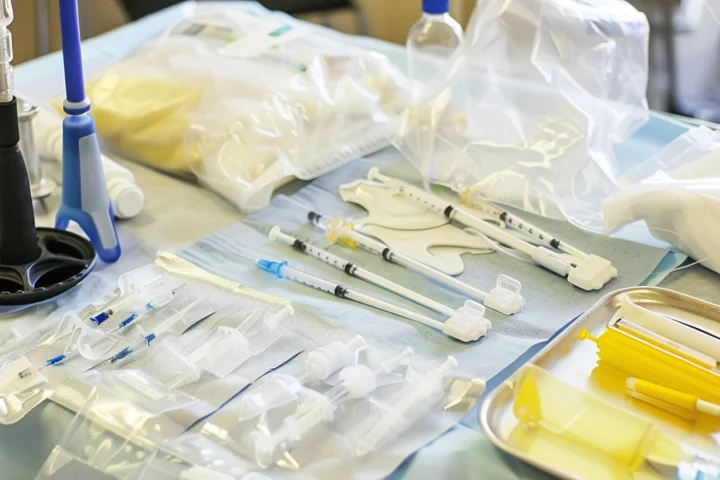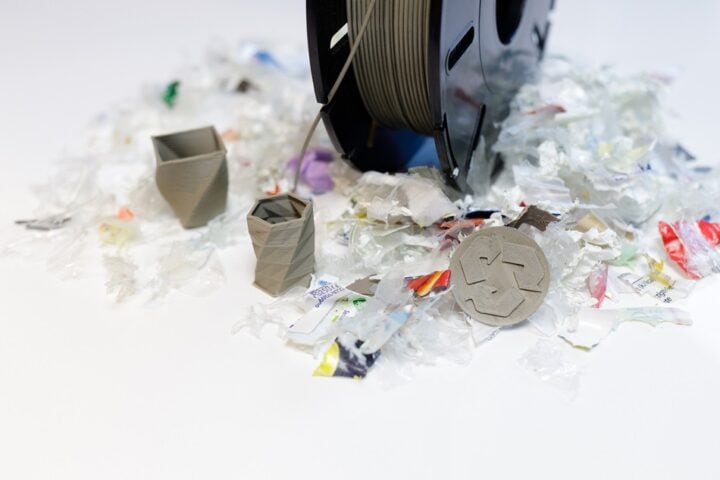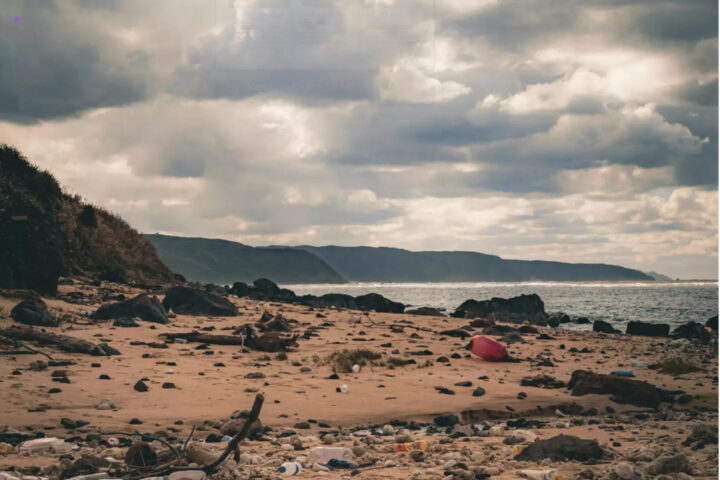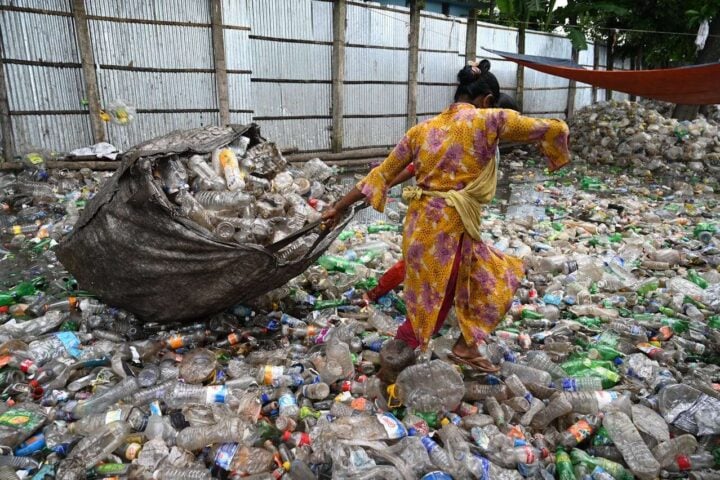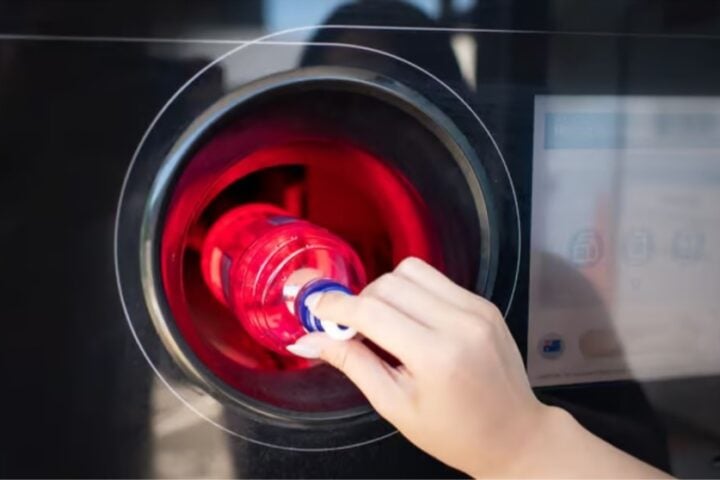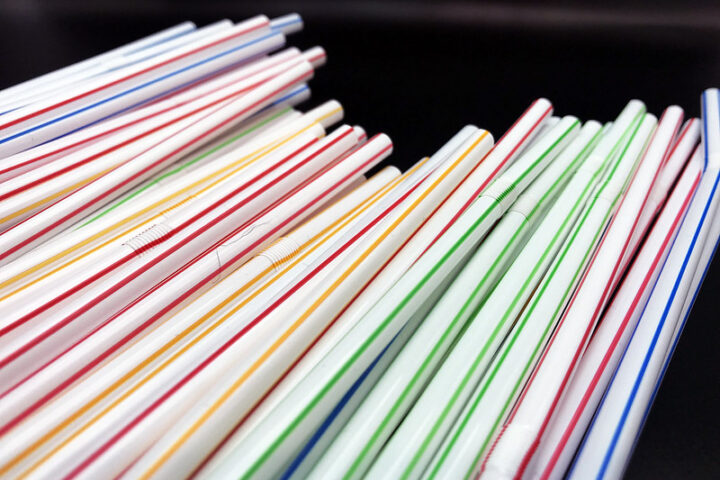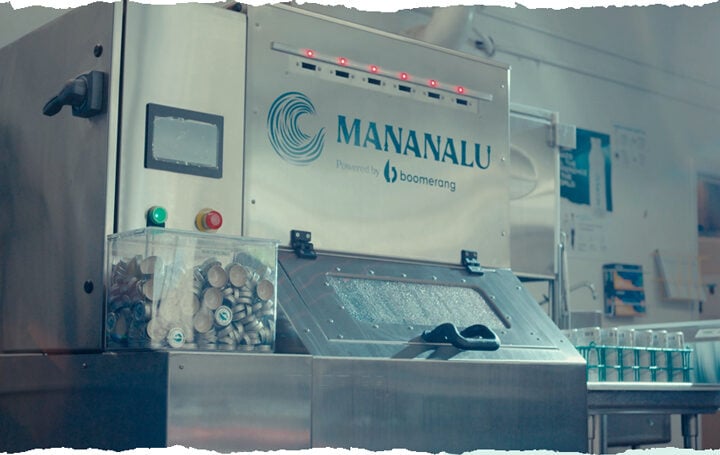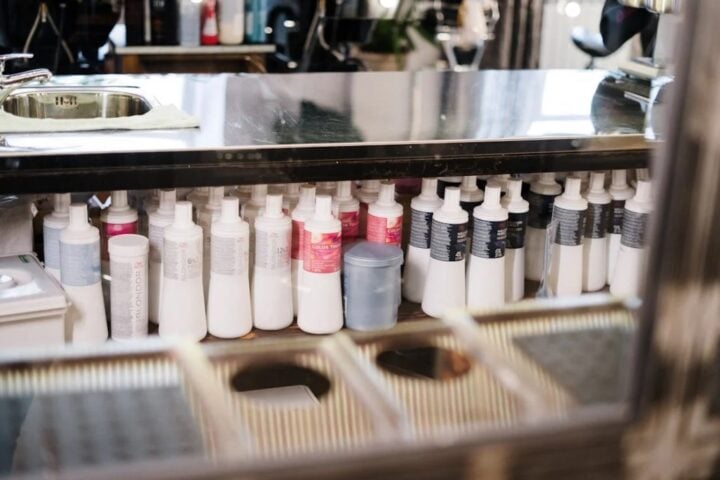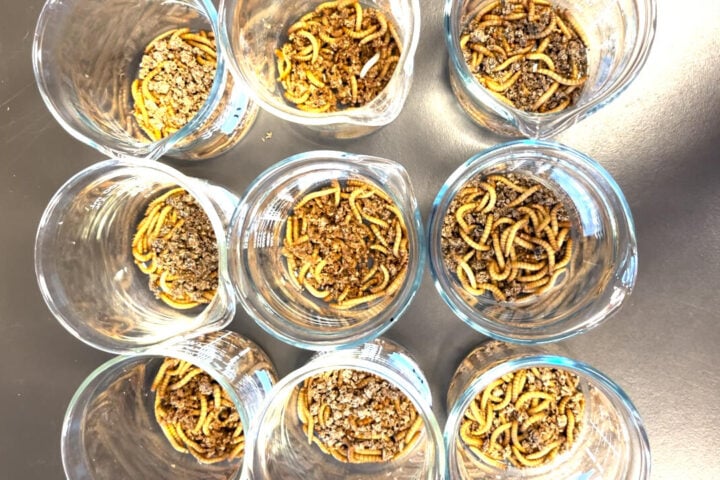Plastic straws are common items that are frequently used around the world. However, they also represent a growing problem with plastic pollution, which is evident in every corner of the world. People have become concerned about the negative impacts of straws on the environment and poor health conditions, and therefore, there has been discussion about reducing their use and future plans to abolish them altogether. Straws made from plastics account for only a fraction of plastic litter by volume, yet can be very toxic to the environment as they are highly disposable and non-biodegradable which eventually leads to water pollution. In this article, we will discuss different types of effects plastic straws have on the environment and the sustainable development challenges associated with them as well as possible substitutes that help in breaking people’s attachment to plastics.
Environmental Impact:
Non-biodegradability
Out of all, what do you think is the biggest hurdle in the fight against plastic pollution? Many people would argue it has to do with the non-biodegradable nature of plastic. In the case of plastic straws and many other similar items that we have undoubtedly used at some point in time, the answer lies in the fact that these products are made from polypropylene. This is a form of plastic that does not easily decompose. It is so robust that it can hang around for centuries and even break into smaller bits with time instead of being coordinated. These components from straws then simply just escape to these five specific areas and steadily become additions to the growing quantities of plastic pollution. These are not even slight changes in the environment: these simple causes have devastating and lasting effects on ecosystems everywhere.
Marine Pollution
The impact of plastic straws on marine pollution is one of the most severe consequences. Beach cleaners know that plastic straws are among the most buried and trash-laden objects recovered from the shorelines. Due to their small size and lightweight, they are often carried away by winds and perched upon the trash dump, they make their way to waterways, modes of transport of an estimated 8 million tons of plastic debris that pollutes the ocean waters annually. Such plastics are capable of being transported over great distances and result in masses of plastics like the Great Pacific Garbage Patch, adding toxins into the marine environment and contaminating coasts.
Wildlife Endangerment
The danger of plastic straws to the ocean and sea life is very pronounced. They eat straws and often mistake plastic straws for food. This is harmful as it may lead to blockage of animal intestines which eventually leads to hunger and death. Even without consumption, plastic straws can be a cause for skeletons of marine creatures such as turtles and seabirds when they get snagged. There is no dearth of distressful images of wildlife suffering from the impact of straws, this has heightened awareness within the public space on the urgency for changes.
Microplastic Generation
When plastic straws are thrown away they are expected to break down into particles which are known as microplastics. Such particles have a size of less than 5mm and, they are abundant in water bodies and continue to be incorporated into living organisms in all trophic levels. Microplastics are often ingested and subsequently biomagnified by plankton, large fish, and shellfish, before being consumed by humans through a seafood diet.
Health Implications
Physical Harm to Marine Life
When marine creatures ingest plastic straws, there are also extreme health effects that result. Ingestion of straws halts the normal passage of food caused by blockage within the digestive tract of fishes, seabirds, and animals, resulting in malnutrition, infection, and more often death. These species also suffer great health risks due to plastic blocking the absorption of nutrients.
Human Health Risks
Further risks to human health could be posed by microplastics which marine organisms introduce into the food chain. The metabolic accumulation of microplastics in our bodies may occur as people eat fish or shellfish which have accumulated microplastics. There are vast potential health effects from consuming plastic straws, as research has already shown that chronic exposure to these particulates can provoke inflammation, cell damage, and endocrine disruption.
Economic Impact
Cleanup Costs
The Usage of Resources Cleaning plastic rubbish which primarily consists of plastic straws consumes a lot of resources. A lot of money, to be precise, millions of dollars are spent by governments and environmentalist organizations in a single year to clean beaches, and rivers and perform skimming operations on the oceans. Thus such funds wouldn’t be available for the construction of such sanitary facilities as plastic straws can instead be used in more useful projects of environmental protection in both man and the environment.
Impact on Tourism
Plastics have provided adversary pollution to marine beaches and marine ecosystems inch by inch and now have dissuaded tourists and tourism activities which affect local economies relying on tourism. Such beaches that are lying with plastic waste not only take away the natural beauty but also inhibit the desirability of holiday and recreational places. This loss of revenue is further explained by the larger economic implications of the pollution caused by plastic straws which extend to businesses and jobs in the communities that surround the affected areas. Environmental and social sustainability issues
Sustainability Concerns
Resource Consumption
When taken by an individual, and in isolation, plastic straws may appear to be a non-issue, but appearing on a larger level the straw production processes use an important category of resources. Such petroleum-based plastics which are used to make plastic straws increase depletion of fossil fuels and greenhouse gas emissions. Some of these environmental concerns could be alleviate by having a global cut down of production of plastic straws
Recycling Challenges
Recycling can help reduce some of the plastic waste, but plastic straws have recycling issues that make them hard to recycle. Plastic straws are difficult to sort due to both their size and weight, which is problematic for recycling facilities. As a result, most plastic straws end up in landfills or incinerators—or worse, in the natural environment.
Similar Posts
Alternatives to Plastic Straws
Reusable Straws
Eco-friendly reusable straws made of stainless steel, silicone, bamboo, or glass are useful alternatives to plastic. They are long-lasting, easy to clean, and provide a long-term option for customers who want straws.
Paper Straws
Paper straws are a biodegradable and compostable choice that minimizes environmental impact. Although less durable than plastic, paper straws decompose fast, giving them a more environmentally friendly option for single-use applications.
The No Straw Movement
One of the simplest yet most effective strategies is to persuade consumers to avoid using straws completely. Many restaurants and cafes now sell beverages without straws by default, only offering them upon request, a change that has been highly appreciated by the public and has had a noticeable impact.
Scientific Research
Numerous studies have shown the scale of plastic straw pollution and its consequences, providing crucial information for governments, corporations, and environmental organizations. These findings highlight the importance of rapid action and continue to inform methods for combating plastic waste.
Our Society and Plastic
Cultural Impact
Plastic straws have become deeply ingrained in globally accepted norms and behaviors, making them difficult to eliminate. Breaking these behaviors will require ongoing education and awareness, as well as support for alternative solutions that provide convenience without compromising the environment.
Legislative efforts
Numerous nations have introduced regulations to reduce the use of plastic straws. From outright bans to taxes and incentives for alternatives, these initiatives have successfully reduced plastic straw consumption while also paving the path for future environmental reforms.
Corporate Responsibility
Recognizing the impact of single-use plastics, the food and beverage industry has taken steps to limit plastic straw use. Global brands such as Starbucks and McDonald’s have launched plans to replace plastic straws with environmentally friendly alternatives, setting a good example for others in the industry.
Public Awareness
Media campaigns and public awareness activities are essential for teaching consumers about the hazards of plastic straw pollution. Campaigns have successfully demonstrated how individual acts can help to minimize plastic pollution.
Conclusion
Plastic straws may appear insignificant, but their environmental, health, and economic consequences are substantial. Plastic straws’ implications, ranging from marine pollution to microplastic creation and beyond, highlight the urgent need to change our consumption habits. We can collectively minimize plastic waste and strive toward a healthier, more sustainable earth by using sustainable alternatives such as reusable straws, biodegradable solutions, or even avoiding straws entirely.

